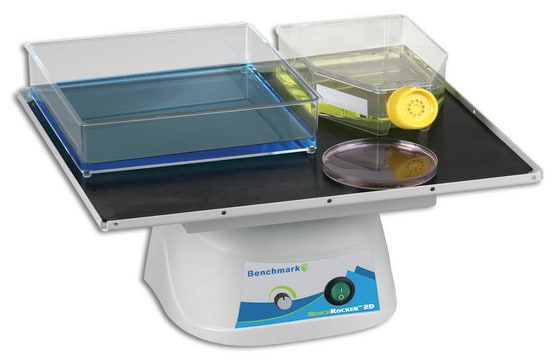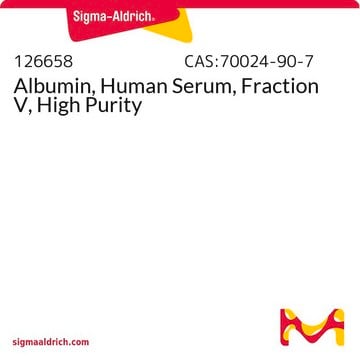About This Item
Recommended Products
Assay
≥98% (HPLC)
form
solid
solubility
H2O: soluble 10 mg/mL
shipped in
dry ice
storage temp.
−20°C
SMILES string
Nc1ncnc2n(cnc12)[C@@H]3O[C@@H]([C@@H](O)[C@H]3O)C(=O)N4CCN(CC4)CC(=O)Nc5cccc6C(=O)NCc56
InChI
1S/C24H27N9O6/c25-20-16-21(28-10-27-20)33(11-29-16)24-18(36)17(35)19(39-24)23(38)32-6-4-31(5-7-32)9-15(34)30-14-3-1-2-12-13(14)8-26-22(12)37/h1-3,10-11,17-19,24,35-36H,4-9H2,(H,26,37)(H,30,34)(H2,25,27,28)/t17-,18+,19-,24+/m0/s1
InChI key
DDFLFKTXUWPNMV-UAKAABGRSA-N
Application
- to investigate its effect on the activity of matrix metalloproteinase-2 (MMP-2) and compare its inhibitory potencies with the MMP inhibitors
- in treating human acute monocytic leukemia cells to confirm if PARP1 is responsible for the decrease in high mobility group box protein 1 (HMGB1) supernatant levels
- to study chromosomal aberrations in response to ionizing radiation (IR) and PARPi in BRCA1-deficient cells that overcome growth arrest (BOGA) cells
Biochem/physiol Actions
Storage Class Code
11 - Combustible Solids
WGK
WGK 3
Flash Point(F)
Not applicable
Flash Point(C)
Not applicable
Personal Protective Equipment
Certificates of Analysis (COA)
Search for Certificates of Analysis (COA) by entering the products Lot/Batch Number. Lot and Batch Numbers can be found on a product’s label following the words ‘Lot’ or ‘Batch’.
Already Own This Product?
Find documentation for the products that you have recently purchased in the Document Library.
Our team of scientists has experience in all areas of research including Life Science, Material Science, Chemical Synthesis, Chromatography, Analytical and many others.
Contact Technical Service








